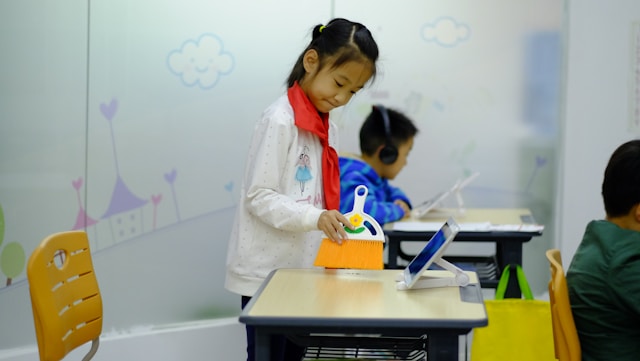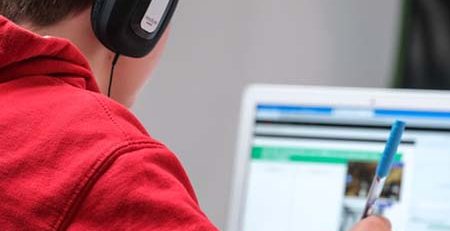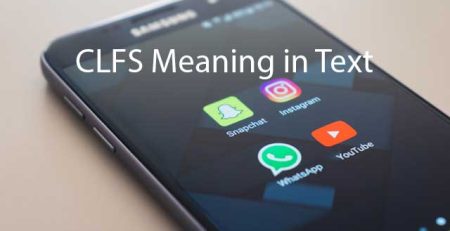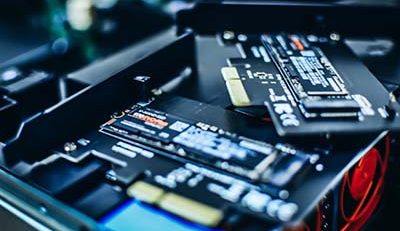Technology in Kindergarten: A Modern Learning Approach
Kindergarten classrooms are transforming. Gone are the days when learning meant only crayons, flashcards, and blackboards. Today, technology plays a pivotal role in shaping how children explore, discover, and understand the world around them. While this digital shift in early education may have once been controversial, it’s now widely accepted that when used appropriately, technology in kindergarten can support development, boost creativity, and make learning fun.
In this article, we’ll explore how technology is being used in kindergarten, the benefits and challenges it brings, and why it’s essential to strike a healthy balance. We’ll also look at how platforms like Learn With Glory are helping educators and parents incorporate tech-driven learning in meaningful ways.
Why Introduce Technology in Kindergarten?
At first glance, handing a tablet to a five-year-old might raise eyebrows. But when used strategically, digital tools can enhance the learning experience rather than replace traditional methods.
Here are some reasons why technology is being embraced in kindergarten classrooms:
- Engagement: Digital tools naturally capture children’s attention. Interactive apps, games, and videos make learning feel like play, which is exactly how young children learn best.
- Personalized Learning: Every child learns differently. With technology, lessons can be tailored to suit each child’s pace, interests, and needs.
- Skill Development: Using technology helps children build digital literacy—an essential skill for the 21st century. It also supports cognitive skills such as memory, problem-solving, and pattern recognition.
- Preparation for Future Learning: Introducing technology early ensures children are comfortable and confident when using digital tools later in school and life.
Common Forms of Technology in Kindergarten Classrooms
Let’s look at some of the most common and effective types of technology used in today’s kindergarten settings:
1. Interactive Whiteboards
Smartboards have replaced chalkboards in many classrooms. These large touch-sensitive screens can display videos, digital books, math games, drawing apps, and more. Teachers can create interactive lessons that invite students to participate by touching, dragging, or circling content on the screen.
2. Tablets and Educational Apps
iPads and tablets are often loaded with age-appropriate educational apps. These apps can help children learn to read, count, recognize shapes, understand patterns, or even practice mindfulness. Apps like ABCmouse, Endless Alphabet, and Starfall are popular for early learners.
3. Digital Storybooks and Audiobooks
Children can explore stories with enhanced visuals and sound. Digital storybooks encourage reading, comprehension, and vocabulary building. Audiobooks can be especially beneficial for children who are auditory learners or have difficulty with traditional reading.
4. Classroom Robots
Some kindergartens now use small robots that children can program to perform simple tasks. This early exposure to coding helps build logic and sequencing skills in a playful, hands-on way.
5. Learning Management Systems (LMS)
Platforms like Seesaw or ClassDojo allow teachers to share activities, track student progress, and communicate with parents. Children can upload photos of their work or record their voice explaining a project, making learning more interactive and reflective.
Benefits of Technology in Kindergarten
1. Boosts Motivation and Confidence
Interactive games and instant feedback from apps can make learning more rewarding. Children feel a sense of achievement when they complete levels or unlock new skills, which builds their confidence.
2. Encourages Creativity
From drawing apps to digital storytelling platforms, technology allows young children to express themselves in new ways. They can create their own animated stories, design virtual artwork, or even make music using simple apps.
3. Supports Diverse Learning Needs
Technology can support students with special needs or learning differences. Features like text-to-speech, enlarged text, and voice commands help create a more inclusive classroom.
4. Strengthens Home-School Connection
Parents can stay involved in their child’s learning by viewing their work, receiving updates, and even participating in digital activities through apps that connect home and school.
Challenges and Considerations
While technology offers many advantages, it’s not without its challenges. Here are a few things educators and parents need to consider:
1. Screen Time Limits
Excessive screen time, especially without interaction or movement, can affect a child’s health and development. The American Academy of Pediatrics recommends no more than one hour of high-quality screen time per day for children aged 2 to 5.
2. Need for Supervision
Young children need guidance when using digital devices. Without adult support, they may struggle to use apps properly or may accidentally access inappropriate content.
3. Cost and Accessibility
Not all schools or families have equal access to technology. Bridging the digital divide remains a significant issue in education equity.
4. Balancing Tech with Hands-On Learning
Technology should complement—not replace—hands-on, sensory, and physical learning experiences that are critical in early childhood development.
Best Practices for Integrating Technology in Kindergarten
When using technology with young children, it’s important to follow developmentally appropriate practices. Here are a few tips:
- Choose High-Quality, Educational Content: Focus on apps and programs that promote active learning rather than passive consumption.
- Use Technology as a Tool, Not a Teacher: The teacher should guide the learning process. Tech should support instruction, not deliver it.
- Encourage Collaboration: Let children work together using tech tools. Whether it’s a shared digital art project or a group coding game, collaboration builds social-emotional skills.
- Integrate Technology with Traditional Activities: Blend tech with play, art, and movement. For example, follow up a storybook app with drawing a scene from the story or acting it out.
- Reflect and Discuss: After a tech activity, talk with children about what they learned. Reflection deepens understanding and encourages critical thinking.
Learn With Glory: Supporting Technology-Driven Learning
One standout resource for modern early education is Learn With Glory. This website offers a wide range of tools, activities, and content tailored for kindergarten classrooms that want to incorporate technology in a meaningful way.
From printable worksheets that integrate with digital apps to tips on creating a tech-friendly classroom environment, Learn With Glory supports both teachers and parents. The platform emphasizes age-appropriate tech use and encourages a balanced, playful approach to learning—exactly what kindergartners need.
Whether you’re a teacher looking for interactive lesson plans or a parent seeking fun, educational screen time ideas, Learn With Glory provides engaging, well-curated solutions that support early learning through technology.
Real-Life Examples of Tech in Action
Let’s take a quick peek into real classrooms that have successfully integrated technology:
1. The Interactive Calendar
A kindergarten teacher replaced the traditional wall calendar with a digital one on a Smartboard. Each morning, students tap the current day, drag weather icons, and count the days using animated visuals. This routine is both fun and educational.
2. Virtual Field Trips
During the pandemic, many kindergartens embraced virtual field trips. Using VR goggles or tablets, children visited zoos, aquariums, and even outer space—all from the classroom!
3. Digital Portfolios
Instead of storing art and worksheets in a folder, students in one kindergarten class document their learning using an app. They take photos, record their voices describing their work, and build a portfolio to share with families.
The Future of Technology in Kindergarten
As technology continues to evolve, its role in kindergarten will likely expand. Here’s what we might see more of in the future:
- Augmented Reality (AR): Imagine pointing a tablet at a flashcard and watching it come alive as a 3D model!
- AI-Driven Learning: Artificial Intelligence could personalize learning experiences even more, adapting in real time to a child’s responses.
- Gamified Classrooms: More learning activities will feel like games, with progress tracking, levels, and rewards.
- Remote and Hybrid Learning Models: While in-person learning remains essential for young children, flexible options will continue to be developed to support learning anytime, anywhere.
Final Thoughts
Technology in kindergarten is not about replacing traditional learning—it’s about enhancing it. When thoughtfully integrated, tech tools can make learning more engaging, inclusive, and effective. The key lies in balancing digital with hands-on, guided with independent, and screen-based with real-world experiences.
By embracing platforms like Learn With Glory, educators and parents can navigate this digital frontier with confidence and creativity. The goal is not just to teach children how to use technology, but to use technology to help them think, explore, create, and grow.












Leave a Reply